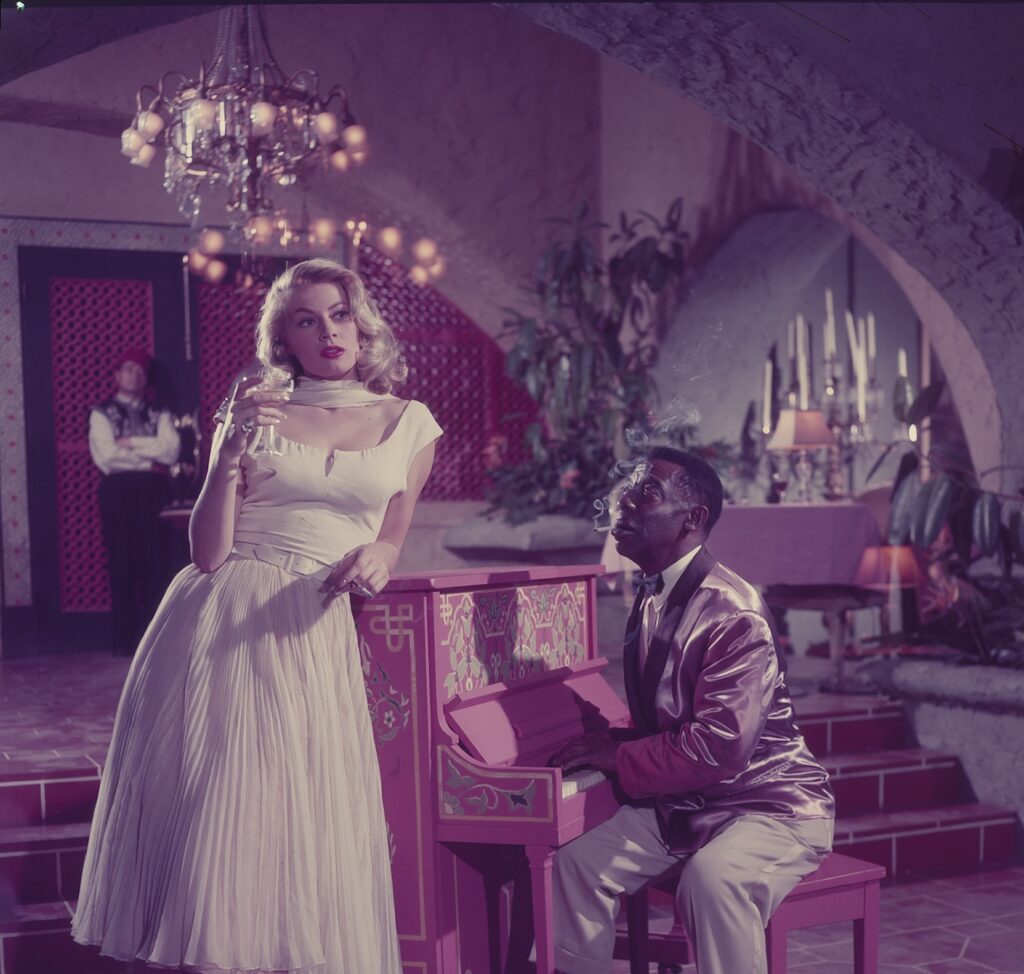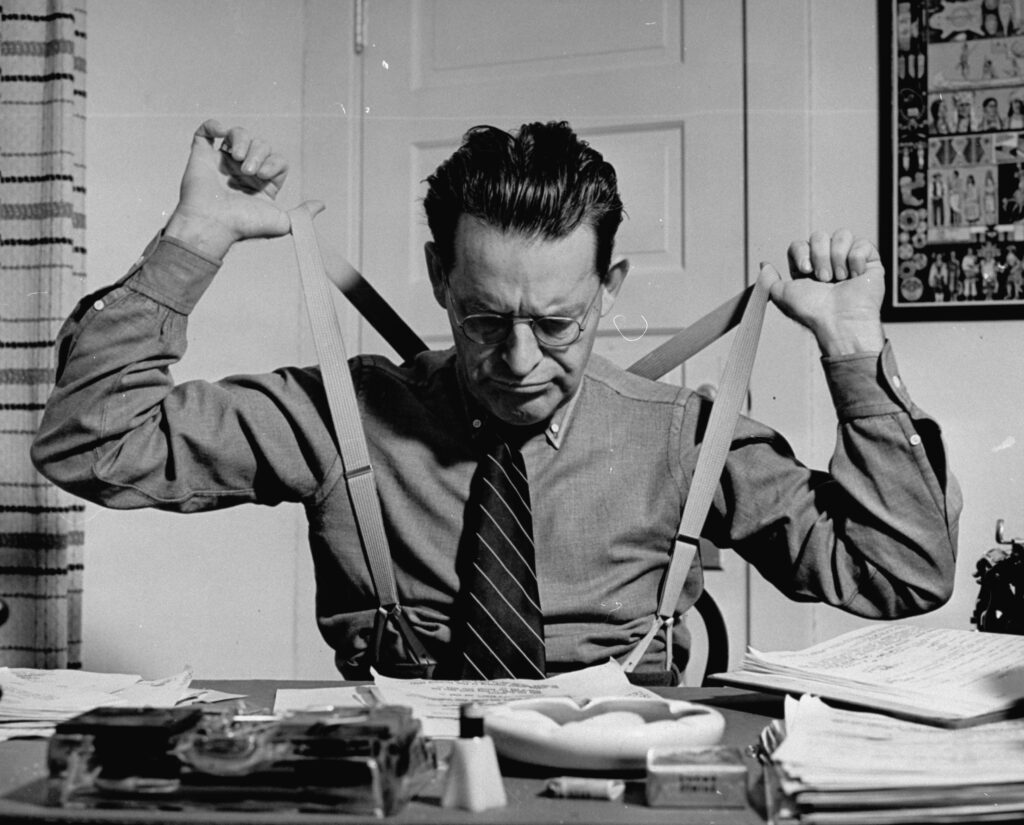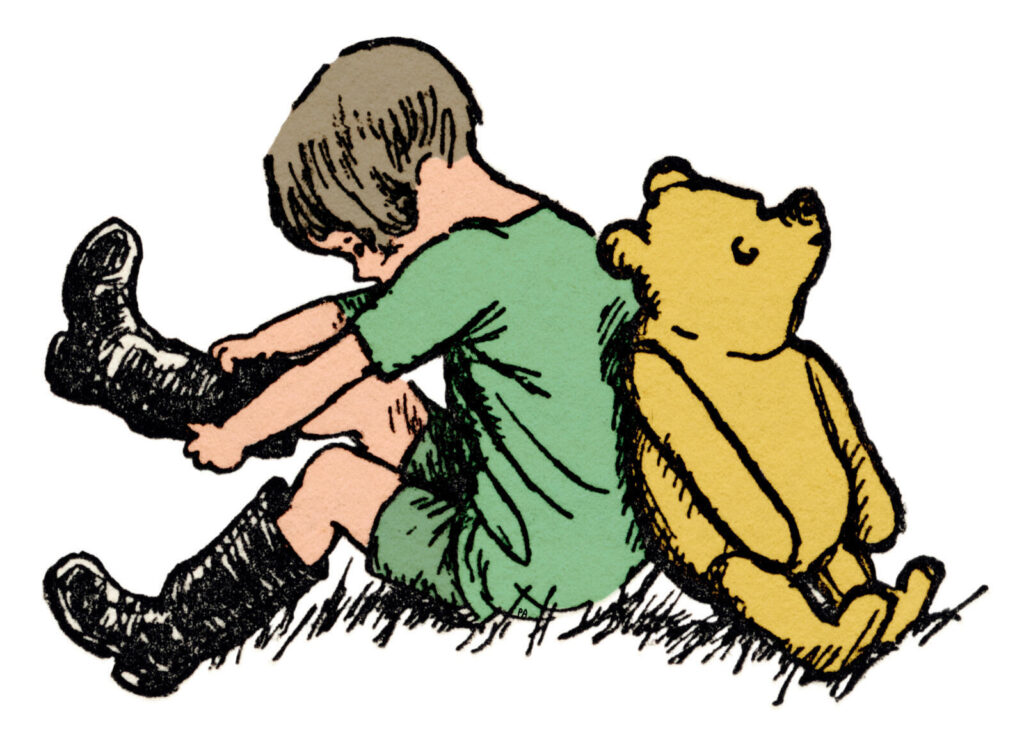The character of “Rosie the Riveter” as feminist symbol, World War II icon and mid-century heroine is ingrained in the American psyche, a symbol of both the war effort and an historic change in the American workplace. In the early 1940s, as women flooded the labor force in order to replace the millions of men who had gone off to war, a wide variety of songwriters, illustrators like the Saturday Evening Post‘s Norman Rockwell and photographers effectively invented the archetype on which all subsequent Rosies were based.
(Pittsburgh artist J. Howard Miller’s famous 1942 “We Can Do It!” poster, created for Westinghouse House and featuring easily the most famous and recognizable “Rosie” of them all, was not widely known during the war years, and only assumed its current, iconic status decades later.)
Among the photographers who documented this massive and, in a very real sense, revolutionary influx of female workers into traditionally male factory jobs as welders, lathe operators, machinists and, of course, riveters was LIFE’s Margaret Bourke-White.
A pioneer herself (one of LIFE magazine’s original four staff photographers, America’s first accredited woman photographer during WWII, the first authorized to fly on a combat mission, etc.), Bourke-White spent time in 1943 in Gary, Indiana, chronicling “women … handling an amazing variety of jobs” in steel factories “some completely unskilled, some semiskilled and some requiring great technical knowledge, precision and facility,” as LIFE told its readers in its August 9, 1943, issue. The magazine went on to note:
In 1941 only 1% of aviation employees were women, while this year they will comprise an estimated 65% of the total. Of the 16,000,000 women now employed in the U.S., over a quarter are in war industries. Although the concept of the weaker sex sweating near blast furnaces, directing giant ladles of molten iron or pouring red-hot ingots is accepted in England and Russia, it has always been foreign to American tradition. Only the rising need for labor and the diminishing supply of manpower has forced this revolutionary adjustment.
The women are recruited from Gary and nearby East Chicago. A minority has drifted in from agricultural areas. They are black and white, Polish and Croat, Mexican and Scottish… The women steel workers at Gary are not freaks or novelties. They have been accepted by management, by the union, by the rough, iron-muscled men they work with day after day. In time of peace they may return once more to home and family, but they have proved that in time of crisis no job is too tough for American women.
Here, LIFE.com presents a series of pictures from the Gary mills in 1943. See these women, pride shining from their faces, as well as characteristically marvelous Bourke-White shots of enormous machines and grease-lathered gears that capture the grit and rugged beauty of a factory and its workers in full production mode.
Liz Ronk edited this gallery for LIFE.com. Follow her on Twitter at @LizabethRonk

Women laborers cleared tracks of spilled materials, Gary, Ind. 1943.
Margaret Bourke-White The LIFE Picture Collection/Shutterstock

Women wearing gas masks cleaned a blast furnace top at a Gary, Ind. steel mill, 1943.
Margaret Bourke-White The LIFE Picture Collection/Shutterstock

Women employees at Tubular Alloy Steel Corp. in Gary, Ind. predominated at pep meeting, 1943.
Margaret Bourke-White The LIFE Picture Collection/Shutterstock

Bernice Daunora, 31, a member of a steel mill’s “top gang” was required to wear a “one-hour, lightweight breathing apparatus” as protection against gas escaping from blast furnaces, Gary, Ind., 1943.
Margaret Bourke-White The LIFE Picture Collection/Shutterstock

Theresa Arana, 21, took down temperature recordings at draw furnaces, Gary, Ind., 1943.
Margaret Bourke-White The LIFE Picture Collection/Shutterstock

A stamping machine in a rail mill at Gary was operated by Florence Romanowski (right). She mechanically branded identifications into red-hot rails. Her husband was in Army
Margaret Bourke-White The LIFE Picture Collection/Shutterstock

Katherine Mrzljak, 34, a mother of two, worked with her husband at the mill.
Margaret Bourke-White The LIFE Picture Collection/Shutterstock

Women welders, Gary, Ind., 1943.
Margaret Bourke-White The LIFE Picture Collection/Shutterstock

Scarfing is the operation which removed surface defects from slabs to condition them for rolling. The woman at the center of the photo marked out defects with chalk for the man who was doing the scarfing (right).
Margaret Bourke-White The LIFE Picture Collection/Shutterstock

Beveling an armor plate for the tanks at Gary Works, these women operated powerful acetylene torches.
Margaret Bourke-White The LIFE Picture Collection/Shutterstock

Audra Mae Hulse, 20, was a flame cutter at the American Bridge Co. in Gary. She had five relatives in the plant.
Margaret Bourke-White The LIFE Picture Collection/Shutterstock

Lugrash Larry, 32, a laborer in the blast furnace department, was a mother of four; her husband was also a mill worker.
Margaret Bourke-White The LIFE Picture Collection/Shutterstock

Lorraine Gallinger, 20, was a metallurgical observer. From North Dakota, she planned to return there after the war.
Margaret Bourke-White The LIFE Picture Collection/Shutterstock

Blanche Jenkins, 39, a welder at Carnegie-Illinois, bought a $50 war bond each month. She had two children.
Margaret Bourke-White The LIFE Picture Collection/Shutterstock

Flame cutting of a slab was done by a four-torch machine controlled and operated by one woman. Alice Jo Barker (above) had a husband and son who also worked in war industries.
Margaret Bourke-White The LIFE Picture Collection/Shutterstock

The “pan man” at Gary Works was Rosalie Ivy; she was mixing a special mud used to seal the casting hole through which molten iron flowed from a blast furnace.
Margaret Bourke-White The LIFE Picture Collection/Shutterstock

Transfer car operator Mae Harris, 23, signalled the crane man above to return the empty, hot metal ladle to the transfer car (left). The ladle contained molten iron which had poured into an open-hearth furnace. In the furnace the molten iron was added to molten scrap which, together with iron ore and fluxes, resulted in finished steel after refinement.
Margaret Bourke-White The LIFE Picture Collection/Shutterstock

Dolores Macias, 26, Gary, Ind., 1943.
Margaret Bourke-White The LIFE Picture Collection/Shutterstock

Victoria Brotko, 22, was a blacksmith’s helper. She took her twin brother’s job when he joined the Marines.
Margaret Bourke-White The LIFE Picture Collection/Shutterstock

Ann Zarik, 22, was a flame burner in Armor Plate Division. Another image of Zarik appeared on the issue’s cover.
Margaret Bourke-White The LIFE Picture Collection/Shutterstock

In the foundry of the Carnegie-Illinois Steel Co., these women worked as core-makers. A total of 18 women worked here across two shifts. The core-maker’s functions were like those of a sculptor, and the implements used were trowels, spatulas and mallets. Castings being made in this picture were for use not only at Carnegie-Illinois but at other plants.
Margaret Bourke-White The LIFE Picture Collection/Shutterstock

On an aircraft carrier deck women worked as welders and scrapers. The women alongside this steel prefabricated deck section who were without headgear and masks operated tools which scraped loose surface imperfections in preparation for welding. The welder in foreground had her name, ‘Jakie,’ written on her helmet, a popular style note among female welders.
Margaret Bourke-White The LIFE Picture Collection/Shutterstock

Gary, Ind. war effort, 1943
Margaret Bourke-White The LIFE Picture Collection/Shutterstock

LIFE magazine cover August 9, 1943
Margaret Bourke-White The LIFE Picture Collection/Shutterstock
































































![Ann-Margret's Uncle Roy gave her a playful spanking after she tried to tickle him, 1961. "It's wonderful," she said, "that Grey [Villet, the photographer] was there to capture that moment." Ann-Margret](https://static.life.com/wp-content/uploads/migrated/2012/01/ugc1204681-1024x647.jpg)



![With friends at her manager Pierre Cossette's house, 1961. From the reporter's notes: "Whenever these kids get together they perform for one another; that is, they did not stage this hoedown strictly for [photographer Grey] Villet's benefit." Ann-Margret](https://static.life.com/wp-content/uploads/migrated/2012/01/ugc1204781-674x1024.jpg)

























